Vitra
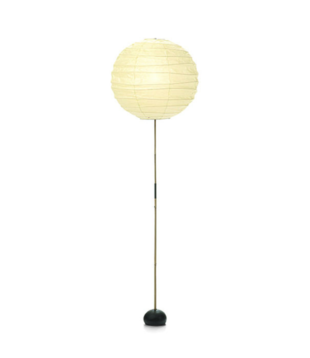
The Akari BB3-55DD floor lamp is a design by Isamu Noguchi for the Vitra label.
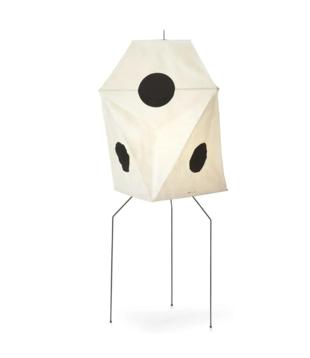
Thanks to the special shoji paper of which the lamp is made, the cold light from the light source is converted into a beautiful, warm light.
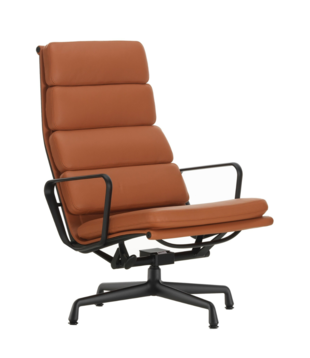
The lounge chair EA 222 from Vitra is beautiful thanks to its high backrest and tilt mechanism
perfect for a relaxing evening at home.
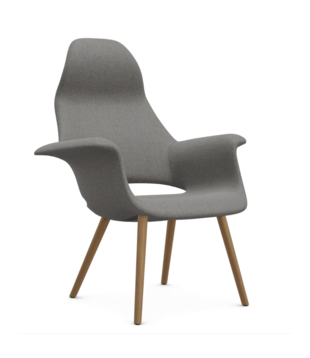
The Organic Highback Chair is a comfortable chair by Charles Eames and Eero Saarinen, a design from 1940.
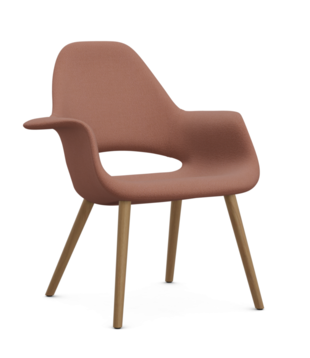
The Organic Chair is a comfortable small reading chair by Charles Eames and Eero Saarinen, a design from 1940.
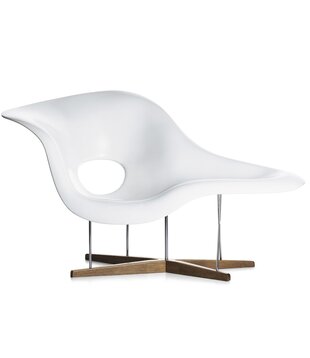
The Vitra La Chaise has now become a real design icon. This chair was designed by Charles and Ray Eames in the 1940s for a competition at the Museum of Modern Art in New York.
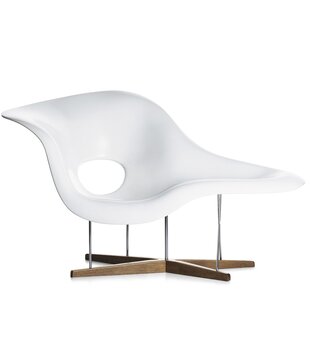
The Vitra La Chaise has now become a real design icon. This chair was designed by Charles and Ray Eames in the 1940s for a competition at the Museum of Modern Art in New York.
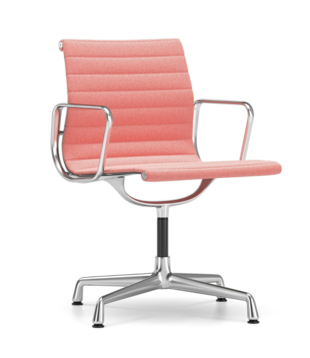
The EA 103 (office) chair adapts to your body and is exceptionally comfortable,
the chair is part of Vitra's extensive group of Eames Aluminum Chairs.

The Prismatic Table by Isamu Noguchi, originally designed in 1957, and the table is based on pure geometric shapes, now reissued by Vitra.
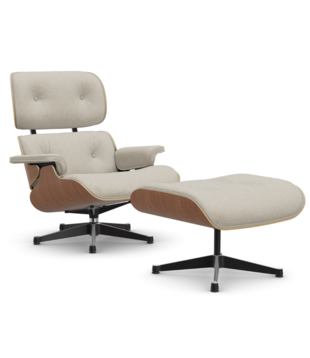
The Ottoman by Vitra is an iconic and functional design by designers couple Charles and Ray Eames from 1956 and compliments the well-known lounge chair.

This iconic and comfortable Eames Lounge Chair by Charles and Ray Eames is now also available in soft fabric upholstery with a cuddly and cozy character.
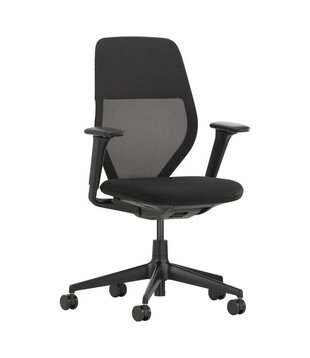
The Vitra ACX Soft office chair is particularly suitable for dynamic spaces such as offices and meeting rooms, where several people use the same chair during the day.
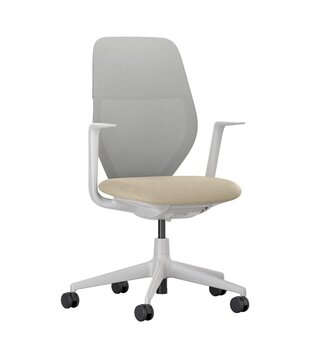
The Vitra ACX Soft office chair is particularly suitable for dynamic spaces such as offices and meeting rooms, where several people use the same chair during the day.
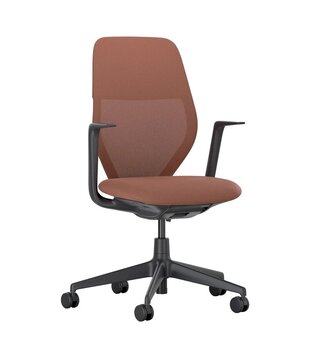
The Vitra ACX Soft office chair is particularly suitable for dynamic spaces such as offices and meeting rooms, where several people use the same chair during the day.
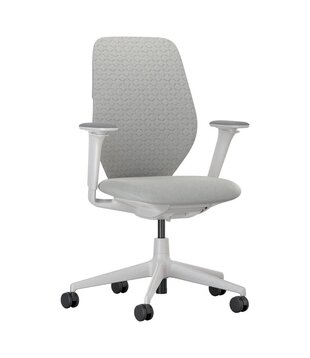
The Vitra ACX Soft office chair is particularly suitable for dynamic spaces such as offices and meeting rooms, where several people use the same chair during the day.
Vitra
A family business for eighty years, Vitra believes in lasting relationships with customers, employees and designers, durable products, sustainable growth and the power of good design.
The Swiss Vitra has been producing beautiful and iconic chairs, tables, lamps and home accessories for private homes as well as offices and public spaces since the 1950s. The strength of the brand lies in the products designed by the world's most renowned designers such as Charles and Ray Eames, Verner Panton, Jean Prouvé, Hella Jongerius, the Bouroullec brothers and many others. Together with them, they make high-quality design furniture with an eye for sustainability and innovation. Vitra already has many design classics to its name, such as the very popular Eames Loungechair and the Eames Plastic Chairs. The collaboration between Vitra and Ray and Charles Eames in the 1940s/50s was therefore a golden opportunity.
The Vitra Chairs:
Vitra is well known for its chair collection. For example, there is the Panton Chair, DSW, DAR, DAW and the DSR series, all very specific and iconic by now.
The Vitra tables:
There are dining side tables and coffee tables, most designed by Charles & Ray Eames. But the tables of the other designers are also very well known, such as the coffee table by the designer Isamu Noguchi. this table has a sculptural organic shape and a ditto glass table top.
Vitra Lamps:
Then you immediately think of the Akari collection, which consists of no less than 55 versions, this series was designed by Isamu Noguchi. The series consists of floor lamps, pendant lamps and table lamps. All these lamps are still made by hand from shoji paper and therefore beautifully traditionally filtered, creating a warm glow and a pleasant atmosphere.
Vitra Clocks
All Vitra clocks are designed by George Nelson, a well-known designer from the United States. Today, the studio of designer George Nelson is considered one of the founders of American modernism and one of the most influential American furniture designers of the 1950s. Nelson was active as a designer, graphic artist, architect, exhibition organizer, design manager and design promoter. A design critic and theorist, he is also the author of a number of books 'Tomorrow's House' (1947), 'Problems of Design' (1957), 'How to see' (1977), 'On Design' (1979), and a special rich journalistic body of work that has influenced the international approach to design and architecture for decades.












